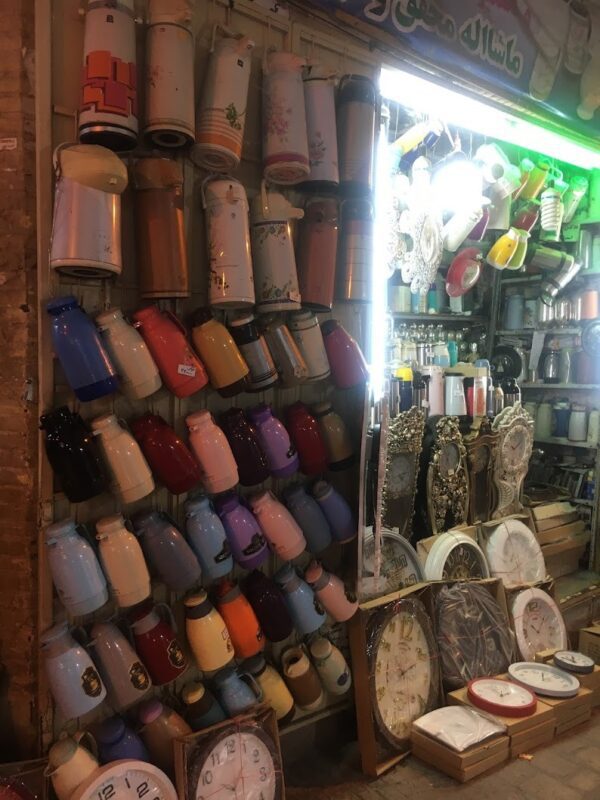Sheikh Alaa al-Doula Bazaar: a tour of history and culture
Sheikh Alaa Al Doulah Market, also known as Semnan Covered Market, is a gem in the heart of the desert with its magnificent architecture and rich history that attracts many pilgrims and tourists every year. This market, which is located in the center of Semnan city, is one of the traditional markets of Iran and dates back to the Qajar period.
History:
The market of Sheikh Alaa al-Doulah was built in the Qajar period by the order of Haj Sheikh Mohammad Baqer Mojtahedi Semnani, one of the rich and noble people of Semnan city. The construction of this market took about 10 years and was completed in 1280 AH. This market was completely renovated in 1315 AH.
Architecture:
The architecture of Sheikh Alaa al-Doulah Bazaar is an example of Qajar era architecture. This bazaar has a high and domed roof, brick arches and columns, and beautiful brick decorations and tiling.
Different sections:
Sheikh Alaa al-Doulah market has different sections such as rows, cells, timchehs, sera and caravanserais.
Rows:
The rows are the main passageways of the market, on both sides of which there are cells. In Sheikh Alaa al-Doulah market, there are many orders known by different names, such as the order of blacksmiths, the order of blacksmiths, the order of carpenters, the order of carpet sellers, and the order of brokers.
Cells:
The cells are the place of business that are located on both sides of the rows. All kinds of goods are sold in the cells.
Teams:
Timchehs are large indoor spaces located inside the market. Teams are usually dedicated to a certain class of business. There are many Timchehs in the market of Sheikh Alaa Al Doulah, which are known by different names such as Timcheh Haj Seyed Hassan, Timcheh Haj Muhammad Ibrahim and Timcheh Haj Ali Akbar.
Houses:
Saras are small covered spaces located inside the market. Serahs were usually places for caravans and travelers. In the market of Sheikh Alaa al-Doulah, there are many palaces with different names, including Haj Mohammad Ismail Palace, Haj Palace


